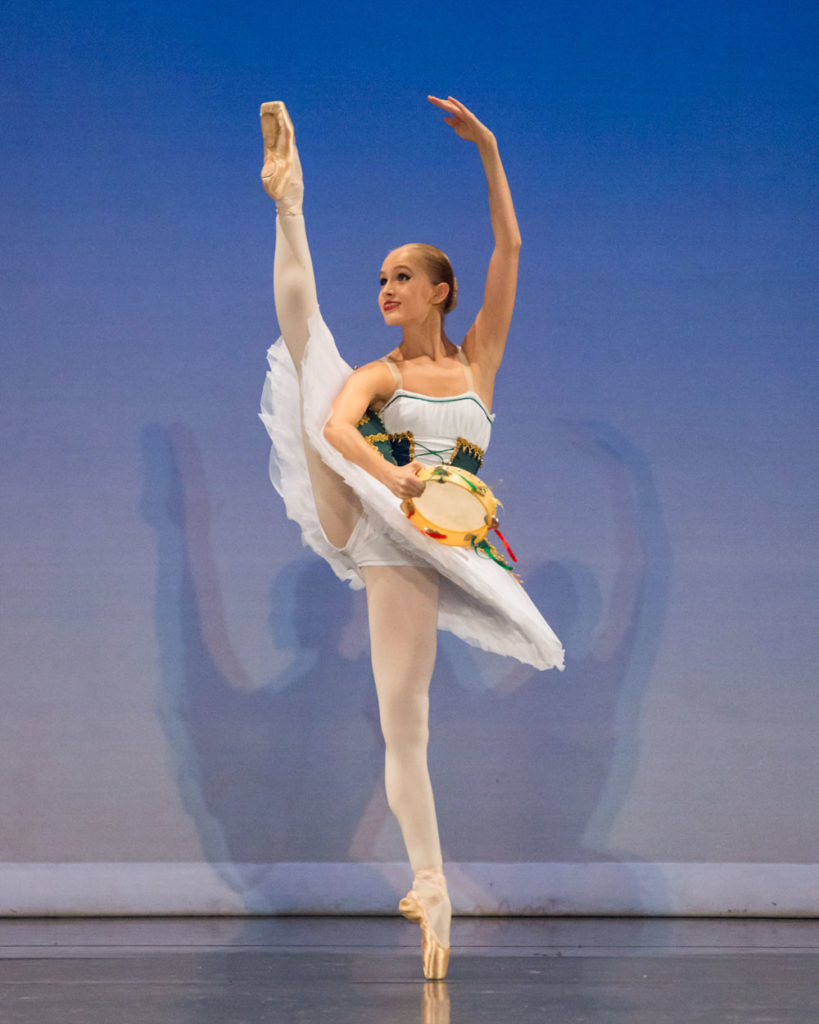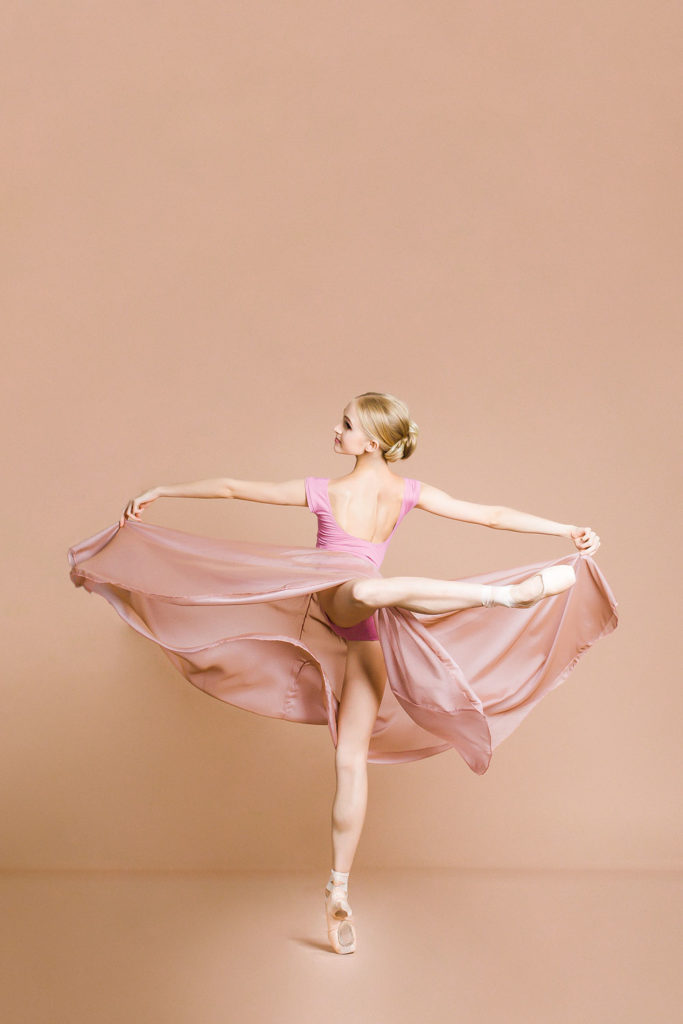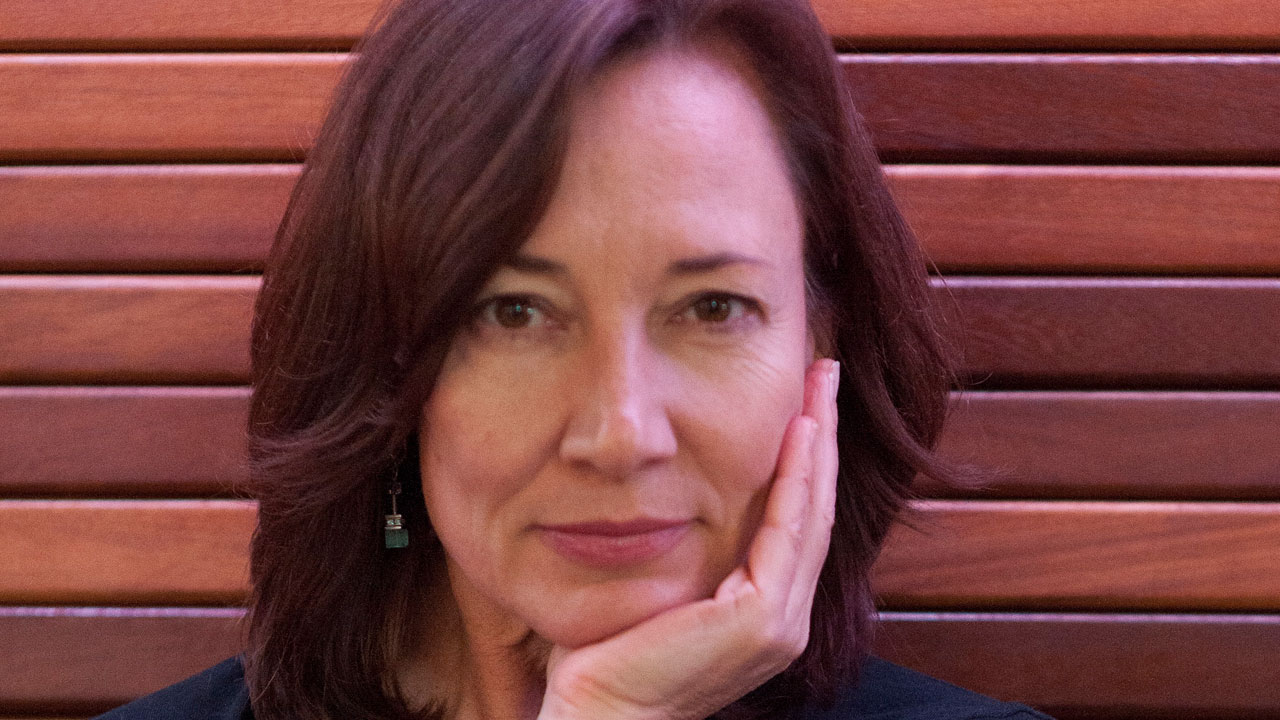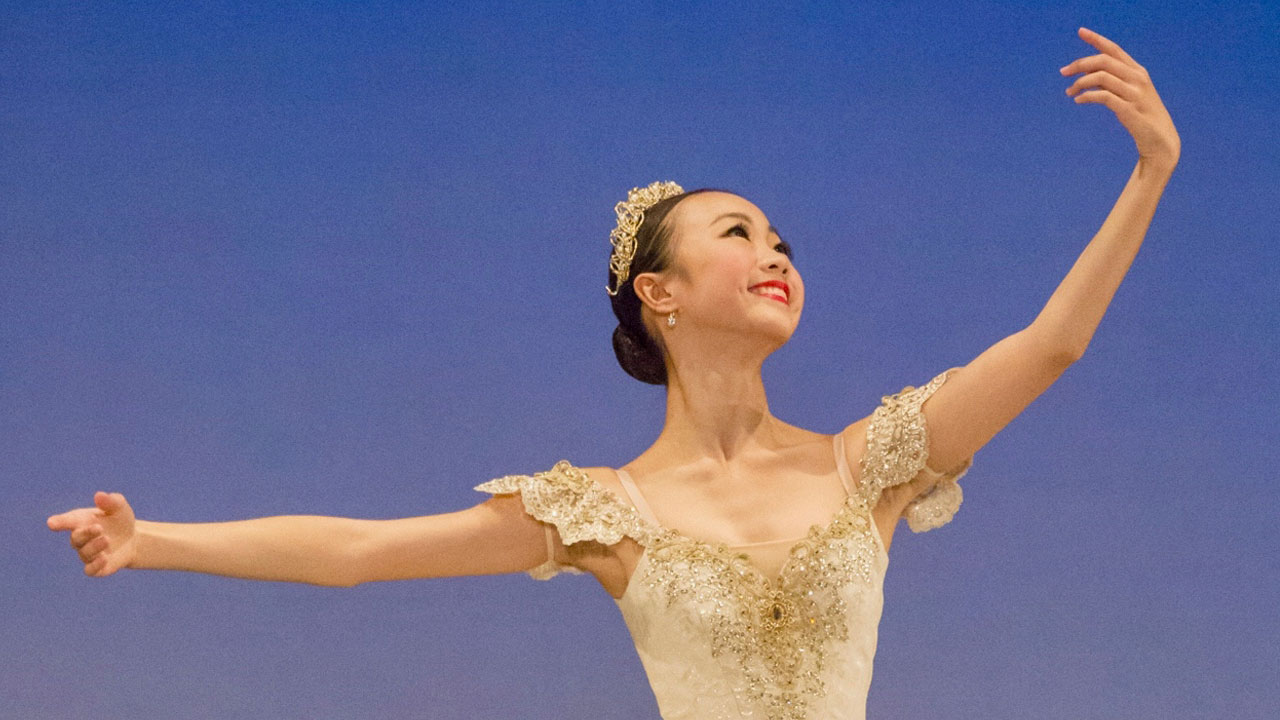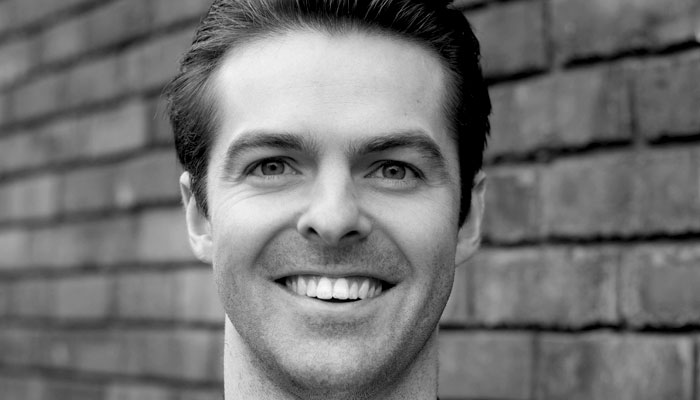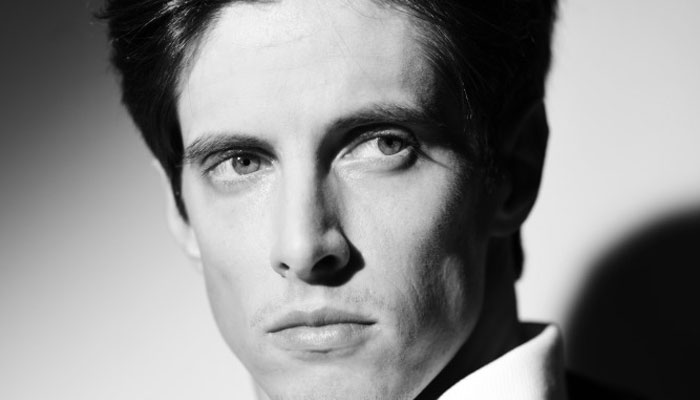What are your memories of the Genée final?
My strongest memory is feeling an overwhelming privilege to be dancing in such a beautiful theatre in front of Monica Mason, Karen Kain, Magdalena Popa and Mikko Nissinen. The Four Seasons Centre in Toronto is breathtaking and the first time I walked on stage to rehearse, I had goosebumps. I savoured every minute I was in that theatre. I was so thrilled to have made the final and hadn’t given a thought to being a medal winner. I was having the best time and winning the gold was the highlight of my life.
How did you deal with the pressures of the competition?
I was very nervous being in a different country, in a prestigious competition, boarding, meeting talented dancers from all over the world, and my ballet teacher Hilary Kaplan couldn’t accompany me. However, she did call every day to give advice which kept me calm and grounded. I tried to work hard in class and take on all the corrections from the tutors – it was very busy. As the competition progressed, it became easier to deal with the pressure because all the other competitors were so lovely and the teachers, the RAD staff, the chaperones were all so supportive. Gioconda Barbuto, the commissioned choreographer, inspired us to be part of the creative process so we were all motivated to grow as dancers and perform our best.
When did you decide that dance was the path you wanted to follow?
I have always loved dance and can’t imagine any other career path. I do actually have a vivid memory of watching the Genée final at the Sydney Opera House in 2016 and knew I wanted to be in it as soon as I could. I love learning new choreography and was very privileged to have Adrian Burnett, an international choreographer, create my Dancer’s Own solo.
Soon after the Genée, the world went into lockdown. Could you keep dancing during that time?
After the Genée, I was fortunate enough to spend time in international schools in Canada, Germany and England. Unfortunately, my trip was cut short due to Covid and I had to return home. In lockdown, I trained for my Solo Seal at home by Zoom and soon after returning to the studio, I filmed my performance. I was honoured to be awarded my Solo Seal – this was another dream come true, to complete all my RAD exams. To keep motivated during lockdowns, I try to maintain a routine of getting up at the same time, doing class, stretching and enjoy watching ballet videos, as well as trying new things like painting. I was also lucky to do some performances, both virtual and onstage, plus a short film.
What are your hopes for the future when things open up?
Unfortunately, in Sydney, we are currently in our hardest lockdown yet, but I am looking forward to finishing my pre-professional training next year and hopefully then auditioning for a company. Covid has presented some challenges, but my commitment and determination to fulfil my dream remains unwavering.

